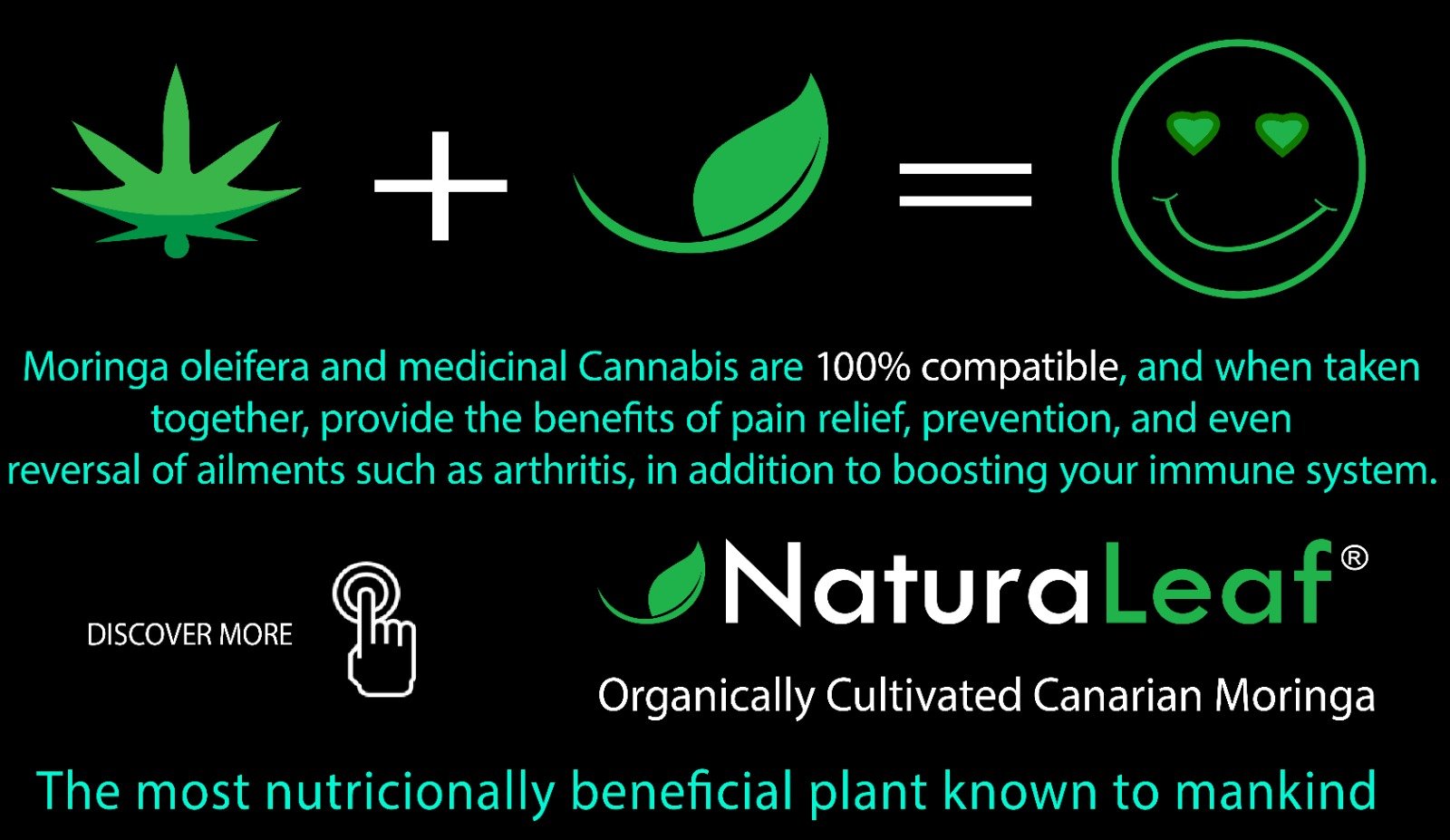The results of a New York City secret shopper survey show that licensed marijuana stores are more likely to discourage youth from buying cannabis than illicit shops. They also verify the age of potential buyers and avoid cartoon signs or products that may appeal to children.
In a recent study published in Pediatrics by the American Academy of Pediatrics (AAP), 37 retail stores were randomly selected out of 870 within New York City. Illicit shops outnumber those licensed. Sample included 5 medical dispensaries and 7 adult-use retailers. There were also 10 unlicensed storesfronts as well 15 smoke shops.
The study revealed that all licensed retailers who were visited checked IDs both prior to store entry as well as before purchase. The study found that unregulated stores checked IDs prior to entry in only 10% of cases, and they verified age before purchase in less than half of all (48%) of those instances.
Unregulated retailers sold products that appealed to youth, such as energy drinks with added sugar, candy or soda, but licensed ones did not.
The research found that 57 per cent of unlicensed retailers used cartoons to advertise their products. 48 percent offered infused energy beverages, while 57 per cent sold infused soft drinks and 53percent sold infused candies.
“Licensed retailers were significantly more likely to require age verification before store entry (100% vs 10%, P < .01) and purchase (100% vs 48%, P = .01). The unlicensed retailer displayed more cartoons than the licensed retailers (57% to 0%), sold more products aimed at youth (57% to 0%), such as energy drinks, sodas and candy.
The new report concludes that “Unlicensed cannabis retailers in NYC outnumber those who are licensed and engage in practices which increase youth access to marijuana.” The paper concludes that “They rarely verify age, offer cheaper products and employ youth-friendly marketing.”
The study found that the average price of a gram purchased at licensed retailers was $11.34 after tax, as opposed to $9.13 for unregulated sellers.
Researchers found that despite these differences there were some common practices in stores. For example, nearly three quarters of all shops were located within two blocks of a K–12 school, including 75 percent of licensed stores and 76 percent of unlicensed ones. A further 10 percent of the unregulated stores displayed signs about health hazards associated with cannabis, while 8 percent did so in the regulated ones.
While 58 % of retailers licensed by the government offer online ordering and delivery, only 36 % of stores not regulated do so.
Authors of the study stated that while sales by unlicensed retail stores is illegal in New York State, legalization has caused confusion in New York City where unregulated shops have popped up in response to consumer demand.
“Overnight, the city went from having a few medical marijuana dispensaries to having a bunch of dispensaries that may or may not have been licensed,” Ryan Sultán, a study co-author and clinical psychiatry professor at Columbia University, said in a Columbia release about the report.
This study suggests that the legalization of marijuana is not a viable option. [New York State] The new study says that the rise of unlicensed cannabis retailers, who operate largely outside state regulation, has increased the risk of youth accessing and using marijuana. According to the new research, “The launch of legal dispensaries took a long time in NYS due to efforts that prioritized entrepreneurs affected by criminalization and restrictions for medical retailers to enter the recreational market. There were also lawsuits.
Only 10% of non-licensed retailers require ID to enter the store.
Reports show that of all the shops visited, about 73 per cent sold cannabis. About half also displayed their cannabis products openly to customers.
Despite the study’s findings that regulated retailers demonstrated perfect compliance around age-verification and avoidance of products or signage that appeals to youth, Sultán contended that legalization itself was to blame for increased access to marijuana among young people.
He told Columbia that “our findings might not be generalizable in other cities” but “they demonstrate that the legalization of cannabis for recreational use creates an opportunity for youth to buy cannabis and cause harm, as regulations struggle to keep pace.”
The report notes that part of Sultán’s psychiatry practice involves treating teens who use cannabis.
The research also suggests, in terms of recommendations: marijuana regulations should “include plans to monitor and control storefronts so that youth are better protected from the potential harms associated with expanded markets.”
In the U.S. research shows that the use of marijuana by teenagers has fallen across all states where the drug is made legal for adults.
A report from the advocacy group Marijuana Policy Project (MPP), for example, found that youth marijuana use declined in 19 out of 21 states that legalized adult-use marijuana—with teen cannabis consumption down an average of 35 percent in the earliest states to legalize.
This report included data from national and state level youth surveys including the Monitoring the Future Survey (MTF), which is sponsored by the National Institute on Drug Abuse.
The latest version of the MTF, released late last year, found that cannabis use among eighth, 10th and 12 graders is now lower than before the first states started enacting adult-use legalization laws in 2012. In 2024, youth perceptions of cannabis were significantly lower despite the growing adult-use market.
Another recent survey also showed a decline in the proportion of high-school students reporting past-month marijuana use over the past decade, as dozens of states moved to legalize cannabis.
At the state level, MPP’s assessment looked at research such as the Washington State Healthy Youth Survey that was released last April.
That survey showed declines in both lifetime and past-30-day marijuana use in recent years, with striking drops that held steady through 2023. The results also indicated that perceived ease of access to cannabis among underage students has generally fallen since the state enacted legalization for adults in 2012—contrary to fears repeatedly expressed by opponents of the policy change.
In June, meanwhile, the latest biannual Healthy Kids Colorado Survey was published in June found that rates of youth marijuana use in the state declined slightly in 2023—remaining significantly lower than before the state became one of the first in the U.S. to legalize cannabis for adults in 2012.
These findings are consistent with those of other surveys conducted in the past that examined the link between marijuana legalization and youth use.
For example, a Canadian government report recently found that daily or near-daily use rates by both adults and youth have held steady over the last six years after the country enacted legalization.
Another U.S. study reported a “significant decrease” in youth marijuana use from 2011 to 2021—a period in which more than a dozen states legalized marijuana for adults—detailing lower rates of both lifetime and past-month use by high-school students nationwide.
Another federal report published last summer concluded that cannabis consumption among minors—defined as people 12 to 20 years of age—fell slightly between 2022 and 2023.
Separately, a research letter published by the Journal of the American Medical Association (JAMA) in April said there’s no evidence that states’ adoption of laws to legalize and regulate marijuana for adults have led to an increase in youth use of cannabis.
Another JAMA-published study earlier that month that similarly found that neither legalization nor the opening of retail stores led to increases in youth cannabis use.
In 2023, meanwhile, a U.S. health official said that teen marijuana use has not increased “even as state legalization has proliferated across the country.”
Another earlier analysis from the U.S. Centers for Disease Control and Prevention found that rates of current and lifetime cannabis use among high school students have continued to drop amid the legalization movement.
A separate NIDA-funded study published in the American Journal of Preventive Medicine in 2022 also found that state-level cannabis legalization was not associated with increased youth use. The study found that youth who spent a larger portion of their teens under legalization had no greater or lesser likelihood to use cannabis by age 15.
Yet another 2022 study from Michigan State University researchers, published in the journal PLOS One, found that “cannabis retail sales might be followed by the increased occurrence of cannabis onsets for older adults” in legal states, “but not for underage persons who cannot buy cannabis products in a retail outlet.”
The trends were observed despite adult use of marijuana and certain psychedelics reaching “historic highs” in 2022, according to separate 2023 data.
Medical Marijuana Helps Mothers Be ‘More Present Parents’ And Develop ‘Positive Relationships With Their Children,’ Study Finds
Image courtesy Pexels/Kindel Media.




